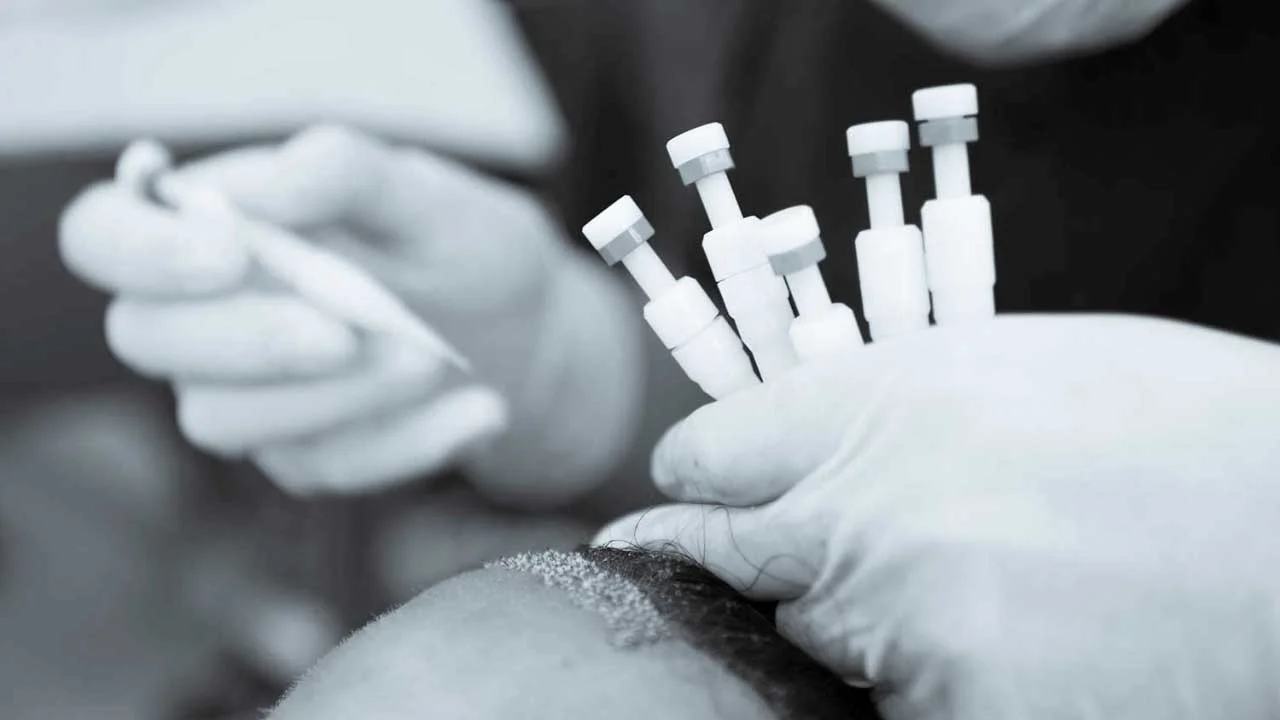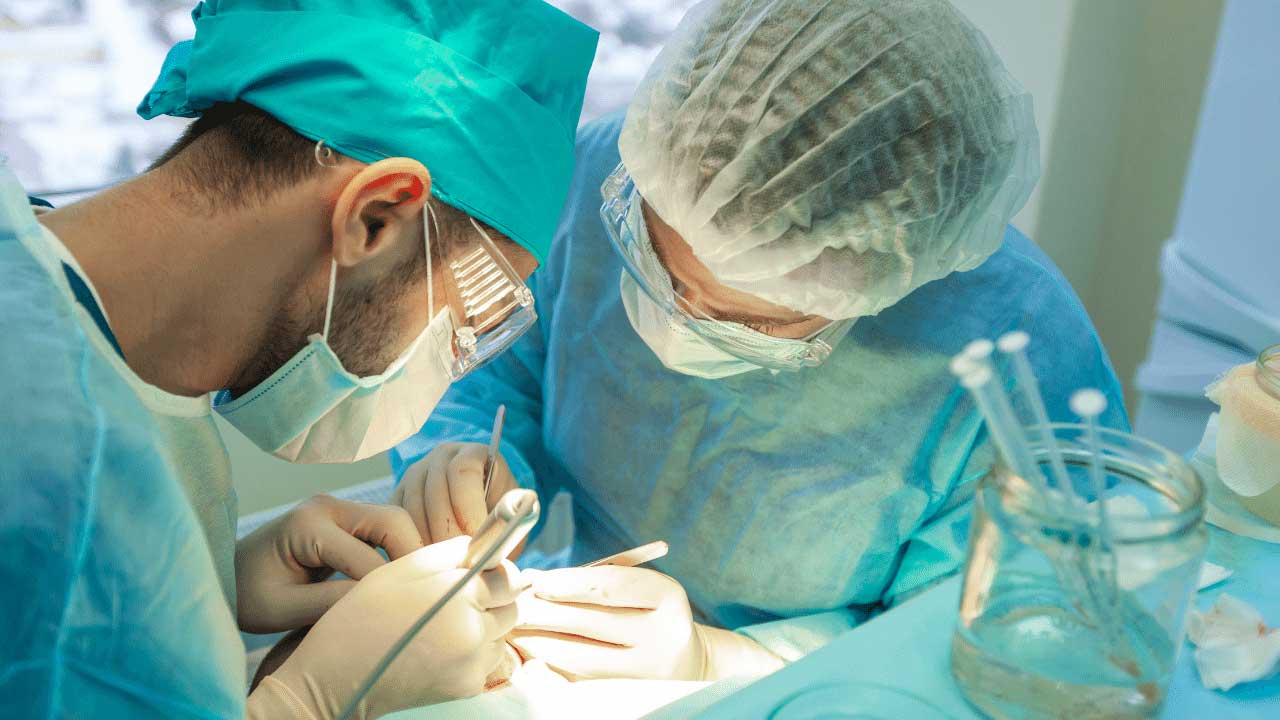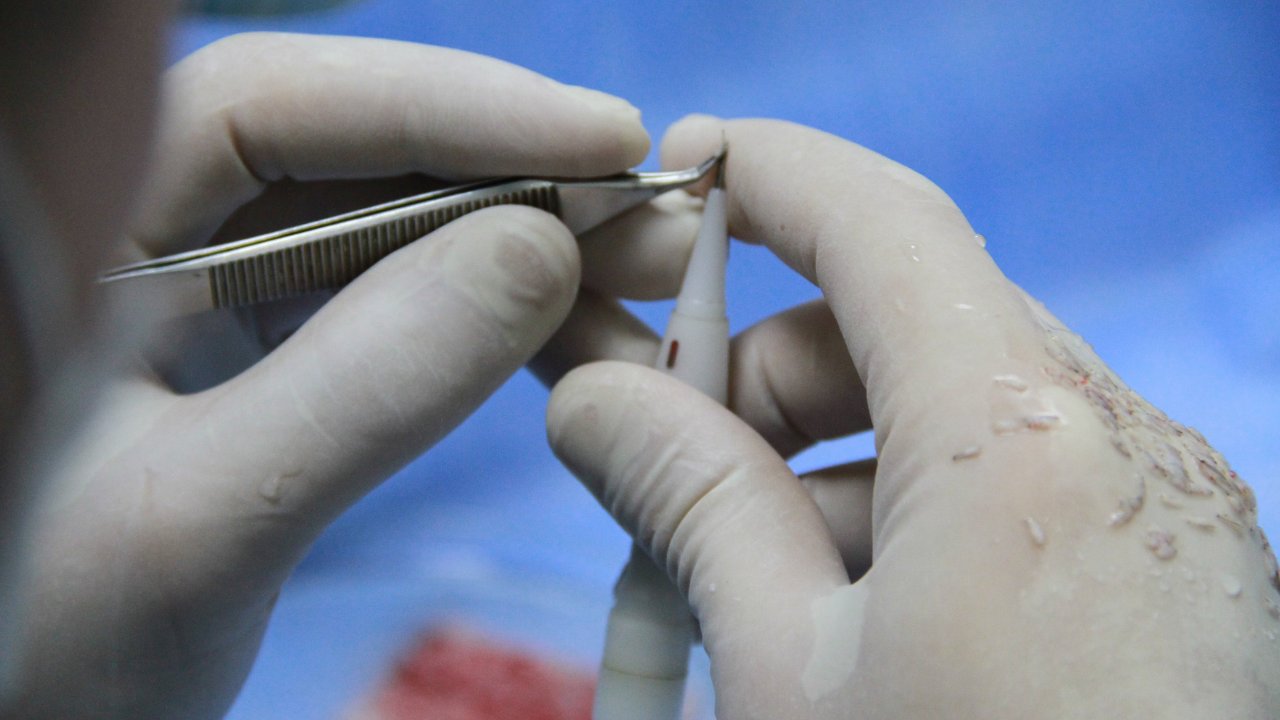Factors to Consider Before Opting for DHI Hair Transplant

Introduction
When it comes to hair restoration, there are various methods available, each with its own advantages and considerations. One popular technique gaining traction is Direct Hair Implantation (DHI), which offers a minimally invasive solution for hair transplantation. However, before making the decision to undergo a DHI hair transplant, it’s crucial to consider several factors to ensure the best possible outcome. In this article, we will explore the key considerations that individuals should take into account before opting for a DHI hair transplant.
Understanding DHI Hair Transplant
DHI, also known as Direct Hair Implantation or Choi Implanter Pen technique, is an advanced hair transplantation method that offers numerous benefits compared to traditional approaches. It involves extracting individual hair follicles from the donor area and implanting them directly into the recipient area, without the need for incisions or stitches. This technique ensures precise placement of grafts, resulting in natural-looking and permanent hair restoration.
Qualification and Experience of the Surgeon
One of the most critical factors to consider before opting for a DHI hair transplant is the qualification and experience of the surgeon. It is essential to choose a board-certified and reputable hair restoration specialist who has extensive experience in performing DHI procedures. Researching the surgeon’s credentials, reading patient reviews, and viewing before-and-after photos can provide valuable insights into their expertise and skills.
Hair Loss Evaluation and Diagnosis
Before undergoing a DHI hair transplant, a thorough hair loss evaluation and diagnosis should be conducted. This process helps determine the underlying cause of hair loss and identifies the suitability of DHI as a treatment option. Consulting with a qualified hair transplant surgeon will ensure a comprehensive assessment of your hair loss pattern, hair quality, and overall scalp health.
Donor Hair Availability and Quality
The success of a DHI hair transplant heavily relies on the availability and quality of donor hair. During the consultation process, the surgeon will evaluate the density, texture, and suitability of the donor area for harvesting grafts. It’s important to have adequate donor hair supply to achieve the desired density and coverage in the recipient area.
Natural Hairline Design
A well-designed and natural-looking hairline is crucial for a successful DHI hair transplant. The surgeon should have the artistic ability to create a hairline that complements the individual’s facial features and age. Paying attention to the hairline design during the consultation phase ensures a harmonious and aesthetically pleasing outcome.
Cost and Financing Options
The cost of a DHI hair transplant is an important consideration for many individuals. It’s essential to have a clear understanding of the overall cost, including the surgeon’s fee, facility charges, and post-operative care expenses. Additionally, exploring financing options and discussing payment plans with the clinic can help make the procedure more affordable.
Recovery Period and Aftercare
Before opting for a DHI hair transplant, it’s essential to understand the recovery period and the aftercare involved. The initial healing phase may require some downtime, during which the patient should follow the surgeon’s instructions regarding medication, washing the hair, and avoiding certain activities. It’s crucial to have realistic expectations about the recovery process and be prepared to commit to the necessary aftercare regimen to ensure optimal results.
Potential Risks and Side Effects
As with any surgical procedure, DHI hair transplant carries certain risks and potential side effects. It’s important to discuss these with the surgeon during the consultation phase. Although rare, complications such as infection, bleeding, scarring, or poor graft survival may occur. Understanding the potential risks and having open communication with the surgeon will help you make an informed decision.
Realistic Expectations and Results
Having realistic expectations about the outcome of a DHI hair transplant is vital. While the procedure can significantly improve hair density and appearance, it’s important to understand that the final results may take time to fully manifest. Hair growth is a gradual process, and multiple sessions may be necessary to achieve the desired results. Discussing the expected timeline and potential outcomes with the surgeon will help manage your expectations.
Alternative Hair Restoration Techniques
Before deciding on a DHI hair transplant, it’s advisable to explore alternative hair restoration techniques. Each method has its own advantages and considerations. Techniques such as Follicular Unit Extraction (FUE) or Follicular Unit Transplantation (FUT) may be more suitable depending on your specific needs and circumstances. Consulting with a qualified hair transplant specialist will help you determine the best approach for your individual case.
Success Stories and Patient Testimonials
Researching success stories and reading patient testimonials can provide valuable insights and reassurance when considering a DHI hair transplant. It’s beneficial to explore real-life experiences of individuals who have undergone the procedure and achieved satisfactory results. Many clinics and surgeons showcase before-and-after photos and patient testimonials on their websites, giving you a glimpse into the potential outcomes.
Maintenance and Long-Term Care
After a successful DHI hair transplant, it’s important to understand the maintenance and long-term care required to preserve the results. Following a proper hair care routine, including regular washing, conditioning, and protecting the hair from damage, is crucial. Additionally, staying committed to a healthy lifestyle, managing stress levels, and avoiding factors that can contribute to hair loss will help maintain the transplanted hair’s longevity.
Preparing for the Procedure
Preparing for a DHI hair transplant involves several considerations. The surgeon will provide specific instructions to follow in the days leading up to the procedure. These may include avoiding certain medications, quitting smoking, and refraining from alcohol consumption. Adhering to these guidelines will help ensure a smooth and successful procedure.
Psychological and Emotional Readiness
Undergoing a DHI hair transplant can have psychological and emotional implications. It’s essential to be mentally prepared for the procedure and have a realistic understanding of the potential impact on your self-image and confidence. Discussing any concerns or apprehensions with the surgeon during the consultation phase can help address these issues and ensure you are emotionally ready for the transformation.
Consultation and Decision-Making Process
Finally, before opting for a DHI hair transplant, it’s crucial to schedule a consultation with a qualified hair transplant surgeon. During this consultation, you can discuss your specific needs, ask any questions you may have, and receive personalized recommendations. The decision to proceed with a DHI hair transplant should be made after careful consideration, thorough research, and open communication with the surgeon.
Conclusion
A DHI hair transplant offers an innovative and effective solution for hair restoration. However, before making the decision to undergo the procedure, it’s crucial to consider various factors. The qualification and experience of the surgeon, hair loss evaluation, donor hair availability and quality, natural hairline design, cost, recovery period, potential risks, and realistic expectations are all important considerations. Exploring alternative techniques, reading success stories, and understanding the long-term maintenance required are also vital. By thoroughly assessing these factors and consulting with a reputable hair transplant specialist, individuals can make an informed decision about opting for a DHI hair transplant.
FAQs (Frequently Asked Questions)
Is a DHI hair transplant a painful procedure?
DHI hair transplant is performed under local anesthesia, ensuring a comfortable experience for the patient. Some mild discomfort or soreness may be experienced during the recovery period, but it can be managed with medication prescribed by the surgeon.
How long does it take for the transplanted hair to grow?
The transplanted hair goes through a shedding phase initially, followed by a resting period. New hair growth usually begins within a few months, and significant results can be seen within 6 to 12 months after the procedure.
Can anyone undergo a DHI hair transplant?
A thorough evaluation is necessary to determine the suitability of a DHI hair transplant. Factors such as the quality and availability of donor hair, overall scalp health, and the extent of hair loss will be assessed by the surgeon to determine if you are a suitable candidate.
Are the results of a DHI hair transplant permanent?
Yes, the results of a DHI hair transplant are permanent. The transplanted hair follicles are taken from the donor area, which is resistant to the effects of hair loss. However, it’s important to note that existing hair surrounding the transplanted area may continue to thin over time.
Are there any restrictions or special care after a DHI hair transplant?
The surgeon will provide specific aftercare instructions, including restrictions on physical activities, washing the hair, and avoiding direct sunlight or harsh chemicals. It’s important to follow these guidelines to ensure proper healing and optimal results.


